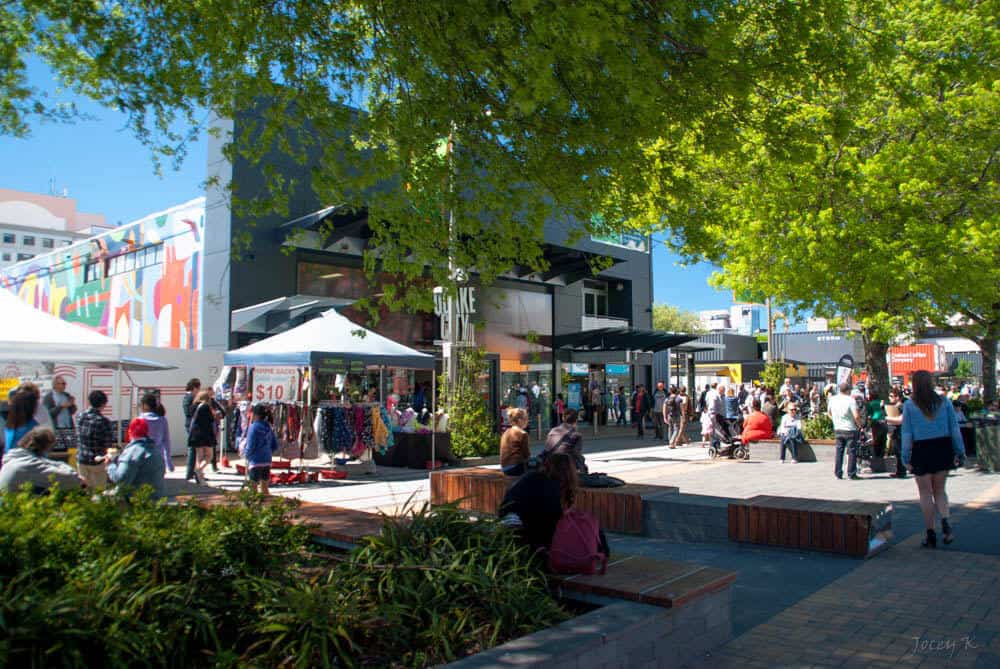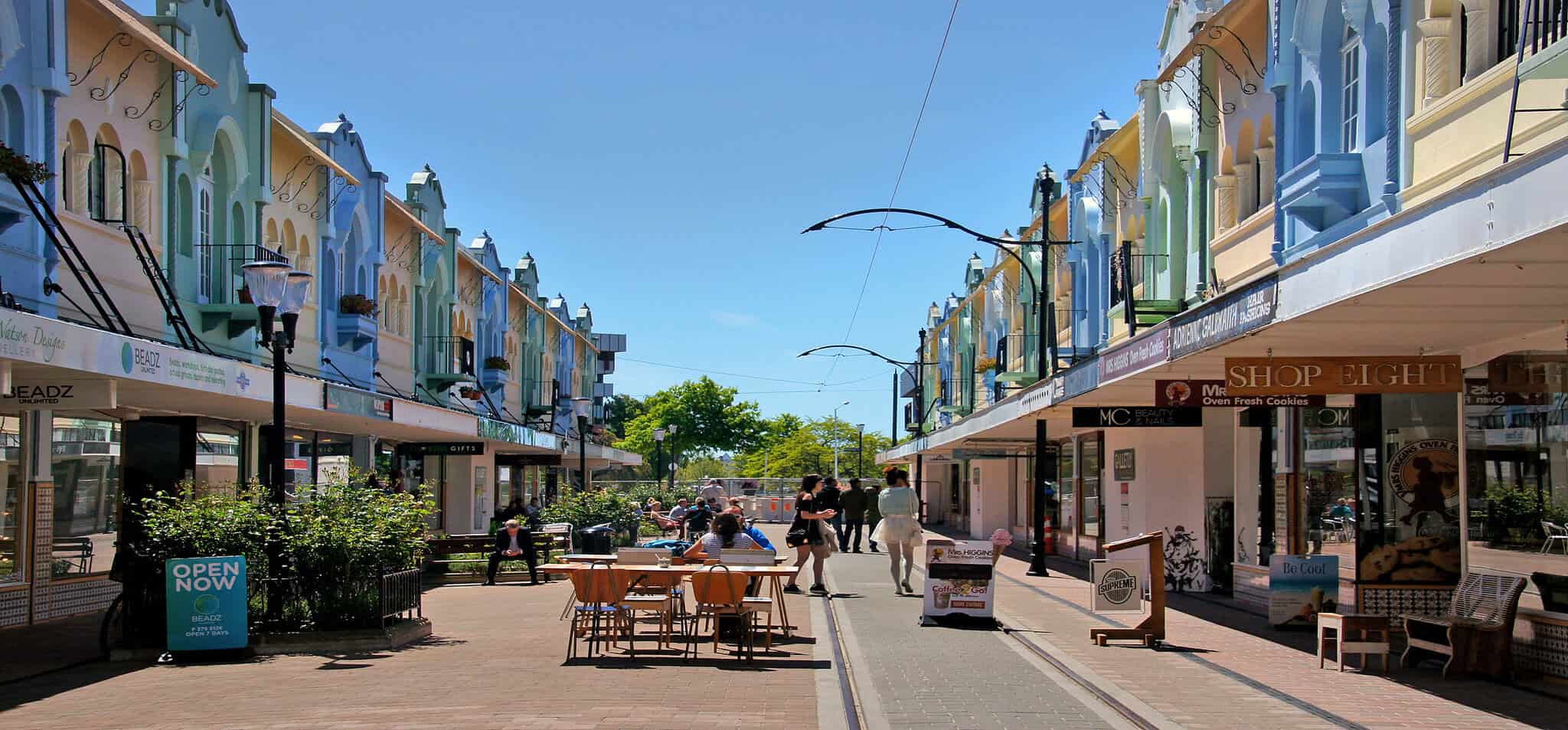New Zealand Urban Resilience C2C Collaborative & Knowledge Sharing Network
27/07/2018
By Mr Elrasheid Elkhidir, Prof Suzanne Wilkinson,Dr Sandeeka Mannakkara
Much of New Zealand’s population lives in our large cities and smaller urban centres (86% in 2006 according to Statistics New Zealand). Natural hazard resilience in these centres is therefore paramount. The Resilience to Nature’s Challenges Urban Resilience programme has been working to better understand the resilience of our main centres, and improve city resilience.

The first phase of the project looked at analysing the state of resilience of the seven biggest cities in New Zealand: Auckland, Hamilton, Tauranga, Napier, Wellington, Christchurch and Dunedin. The findings highlighted that our cities varied greatly with regards to urban resilience. The focus and intensity of resilience initiatives and activities differed across the cities, and the extent to which each city had mapped their local hazards varied. Resilience as a strategic direction was not realised in all cities, and generally, some cities could do with a resilience push. A primary reason for the lack of resilience was explained by the researchers as being due to lack of consensus on a unified definition of resilience, coupled with the different perspectives and lenses through which cities viewed resilience. Not having a universal definition of resilience and resilience measurement tools added to the disparity between cities, as did the gaps in awareness and knowledge on the ways to build resilience. The research found that overall some urban centres lacked capacity when it came to building resilience, while others were challenged by the absence of a clear direction. The full report can be found here.
The second phase of the project builds on this information and is focussed on developing a City-to-City (C2C) Collaboration and Knowledge Sharing Network. The network will help our cities collectively achieve urban resilience. Resilience benefits of city-to-city collaborative networks can already be seen in international networks such as the Rockefeller 100 Resilient Cities Network, the UNISDR Making Cities Resilient Campaign, and the International Council for Local Environmental Initiatives (ICLEI), which were established based on the benefits of sharing knowledge and resources through collaboration.
A collaborative network will enable cities to learn from each other, build capacity, undertake technical co-operation, and share experiences, lessons learned and best practices. Having access to tested resilience solutions from another urban centre can save effort, time and resources for a city that lacks capacity to develop their own resilience initiatives. A network also provides exposure to and prior awareness of other cities’ hazards, stresses and shocks. Knowing other cities’ threats and capacities means that each urban centre can pre-plan for negative spillovers that might occur. In addition, participation in such networks can close the resilience gap for smaller or under-resourced cities as they can acquire the help they need from their peers, and in doing so take pressure off the central government.

Getting started with the project proved challenging. There wasn’t much literature available on knowledge management and networks sciences related to national-level resilience building, which led the team to undertake a multi-disciplinary literature review. Examining how knowledge networks functioned in other disciplines provided insight and reference. Studying the practices and philosophies of successful international collaborative resilience networks such as the Rockefeller 100 Resilient Cities created a benchmark for looking at developing a local New Zealand network.
Since the network will be developed for key urban resilience practitioners such as city councils and civil defence groups, we decided to use a co-design approach. The research team is now testing the concept of collaboration amongst the cities. Current successes include having Auckland City Council willing to provide assistance to other local cities. Tauranga, Christchurch, Hamilton and Napier city councils and respective regional civil defence groups are also on-board and interested in the idea of a national network for building resilience. Christchurch City Council, a member of the 100 Resilient Cities network, is hosting our research team at their Resilience Expo in August to introduce the network and share their insights. Wellington, also part of the international Resilient 100 Cities Network, provided the research team with an analysis of the risks and shortfalls that we might face during the development stage and functioning of the collaborative network. Local Governments New Zealand, as one of the major stakeholders, has been approached for their knowledge and frameworks in adopting multi-city collaboration, and to see if the C2C collaboration could fit under their umbrella organisation.

With early stakeholder engagement established, the team is beginning to conduct workshops and interviews across councils and civil defence groups to find out the exact needs, risks, specifications and preferences of the end users.
Our literature and case studies highlighted a number of factors that are crucial to the development and operation of a collaborative and knowledge sharing network. As a nation that faces a wide variety of natural hazards, our unity will be our strength. Collaborating and sharing our knowledge, experiences and resources, will be key in enhancing the overall resilience of Aotearoa.



